The eight most promising native tree species, do you have any?
Putting aside the specifications and quality, talking about varieties alone, most of the tree species that have been popular since last year are "native tree species". Whether from an ecological or economic perspective, the popularity of native tree species is inevitable. Next, let's take a look at the 8 most popular native trees at present.
Acer truncatum
Acer truncatum, also known as the color maple, is a deep-rooted deciduous large tree. Although it does not have a straight trunk, it has a beautiful tree posture. It has the ability to purify the air, absorb smoke and harmful gases, and secrete volatile bactericidal substances. The color of the leaves of Acer truncatum varies. The leaves are red when young, and turn orange or red in autumn. The leaves and flowers bloom together. It is an excellent autumn leaf tree species in the north.
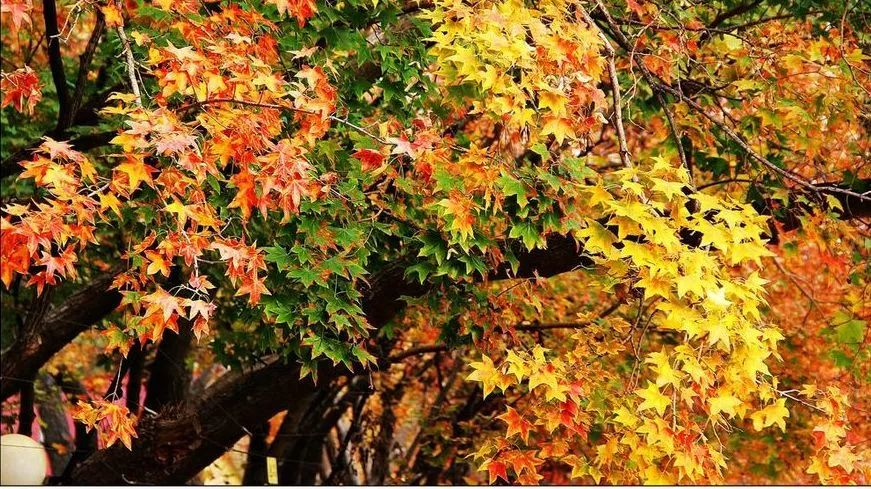
In addition, the water content of the maple tree is high and the oil content is low. Its dead branches and leaves decompose quickly, which helps to quickly reduce the combustible load in the forest and change the fire environment. This shows that it is an ideal fire-resistant tree species.
Acer truncatum
Acer truncatum grows slowly, has a long lifespan, and is less susceptible to diseases and insect pests. It is highly resistant to toxicity, sulfur dioxide, and hydrogen fluoride, and has a strong dust absorption ability. It has a good foliage effect, with red young leaves, yellow, red, or purple-red autumn leaves, and beautiful leaf shapes.
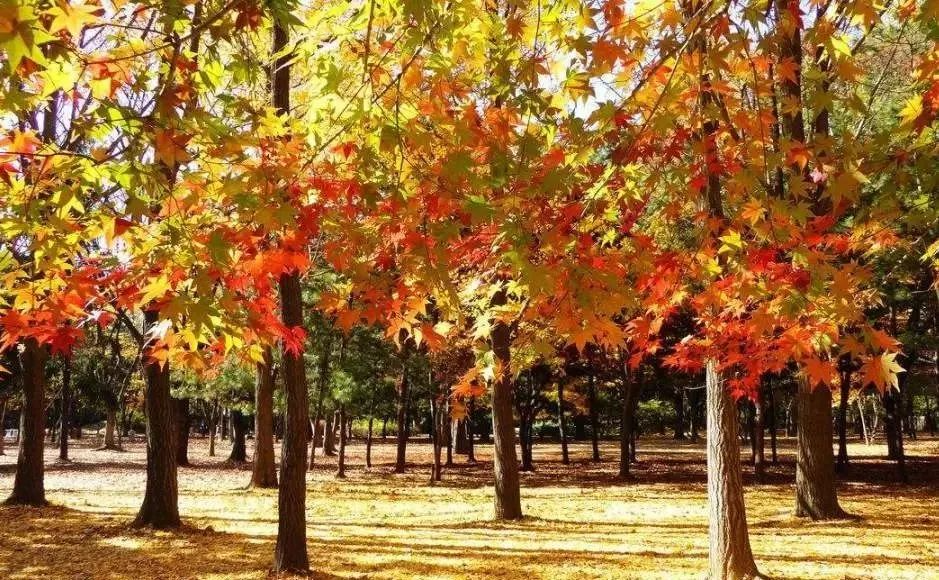
It is worth noting that the stem quality of the maple is poor. If it is allowed to grow randomly, the tree shape will not be beautiful after it is formed. It is best to carry out artificial shaping and pruning before reaching the fixed stem height. But on the other hand, the stem quality of the maple is very suitable for the cultivation of natural cluster seedlings.
white wax
Fraxinus chinensis is a deciduous tree, a fast-growing species, but it has a well-developed root system, a straight trunk, and a regular tree shape. Planting in rows is like a green guard. In terms of environmental protection, it has a strong ability to resist smoke, sulfur dioxide and chlorine, making it a preferred tree species for urban greening and environmental protection.
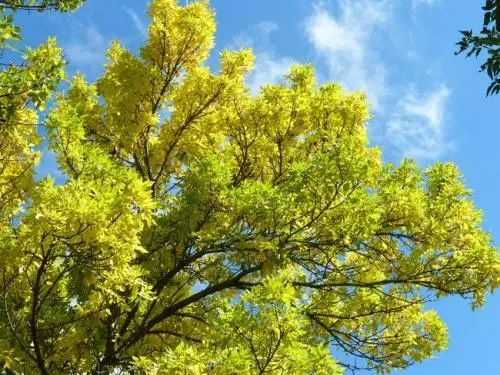
The ash tree has a long green leaf period, few large branches, and abundant and slender twigs. The leaves are also narrow, long and smooth, making it very effective as a city street tree.
Huangshan Luan
Compared with the northern luan tree, Huangshan luan tree is applicable to a wider area (areas south of the Yellow River). Huangshan luan tree has the characteristic of not obvious false dichotomy, grows faster than the northern luan tree, has a shorter cultivation period, and is easy to cultivate a good trunk through fixed trunk shaping.
Like the northern Koelreuteria, the Huangshan Koelreuteria has yellow bell-shaped fruits. Large-sized Koelreuteria trees of about 20 cm are very good as street trees or solitary plantings. Koelreuteria trees of about 10 cm are planted in groups or rows in green spaces in parks and along rivers, which has the effect of coloring the autumn landscape.
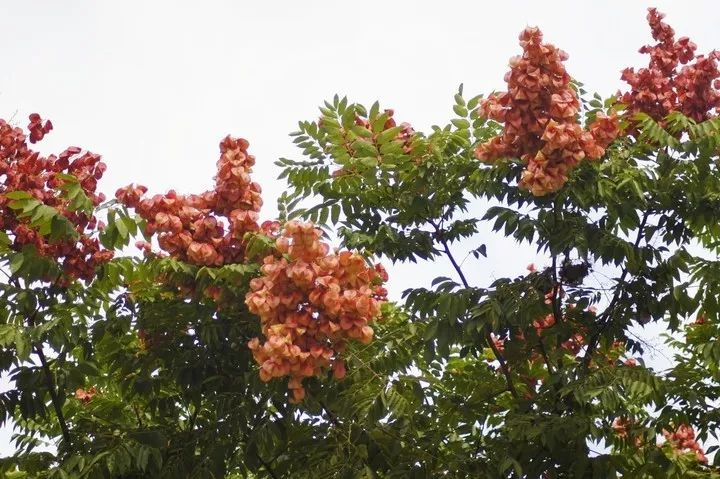
Jinhualuan is a bud variant of Huangshanluan. The bark color of Jinhualuan is orange-red to yellow-brown, while Huangshanluan is gray-brown. The leaf color of Jinhualuan changes from pink, light yellow, dark green, and fat white throughout the growing season, while Huangshanluan is green. Jinhualuan likes light and a warm and humid environment.
Horse Chestnut
A world-class ornamental tree, Horse Chestnut, is distributed in the Yellow River Basin and eastern provinces. It is a deciduous tree with a beautiful tree shape, large and beautiful flowers, and peculiar fruit shape. The flowering period is April to May, and the fruiting period is October. It is an ornamental tree species that can be viewed for flowers, leaves, and fruits.
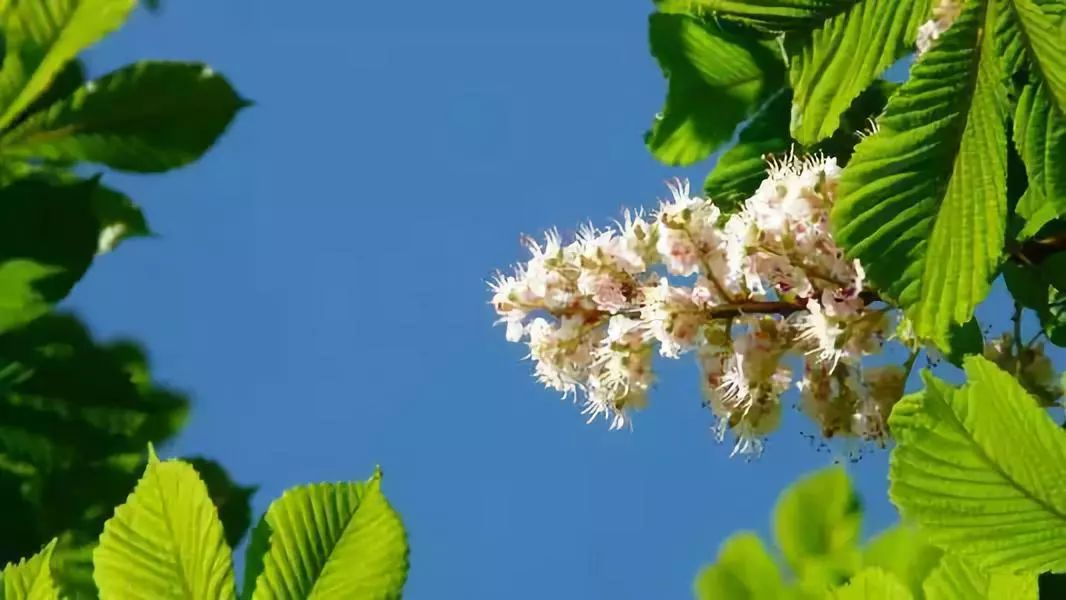
Horse chestnut is also an economical tree species. Its leaves can be used to extract starch, its wood can be used to make utensils, its seeds can be used as medicine, and its seeds can be used to press oil to make soap.
Catalpa
Catalpa ovata is a fast-growing flowering tree. In ancient times, catalpa ovata was passed down as property. There is a saying in the forest: A thousand-year-old cypress or ten-thousand-year-old fir is not as good as a branch of catalpa ovata.
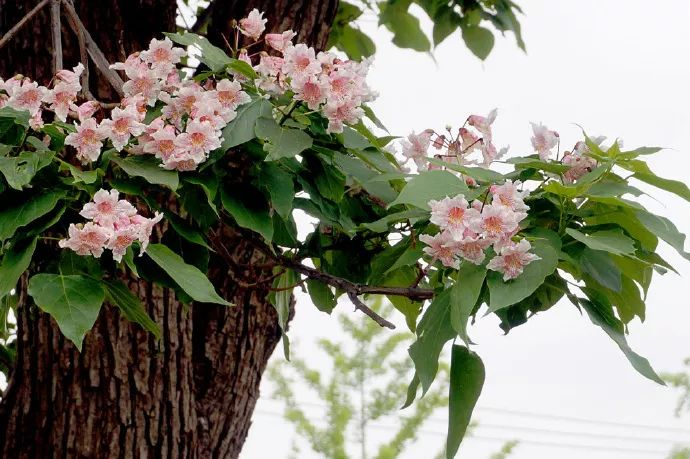
Catalpa trees like light and fertilizer, grow very fast, have straight trunks, and have light red corollas. They bloom from May to June and bear fruit from June to October. Catalpa trees have many flowers but rarely bear fruit. They have been propagated by root suckers since ancient times and are often used as ornamental trees or roadside trees.
Tilia
Tilia is a tall tree with deep roots. It grows at a medium speed. It likes light and tolerates shade. It cannot tolerate water and swamps. It is cold-resistant, resistant to poisons, and has few insect pests. Its flowers have nectar glands and are fragrant. It is an excellent nectar source tree species, as well as an excellent tool material and building material. The tree has a beautiful shape and is highly resistant to harmful gases. It is an excellent landscaping tree species.
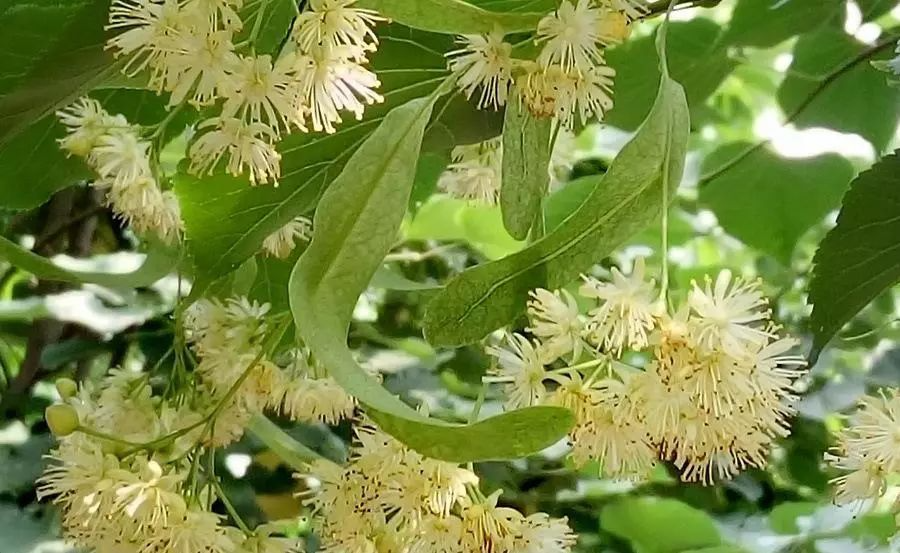
Zelkova
Beech, a tree species underestimated by the market, has outstanding advantages in terms of ornamental, ecological, and cultural aspects, rich added value, and promising prospects.
First, the value of gardens.
The beech tree has a dignified posture, is tall and majestic, and its leaves turn brown-red in autumn, making it an excellent tree species for viewing autumn leaves. It can be planted alone or in groups on lawns in parks and squares, or beside buildings as a shade tree; it can also be planted with evergreen trees to form a landscape forest.
Second, ecological value.
First, it has strong anti-pollution ability and can effectively absorb harmful gases. It can be planted as a street tree beside sidewalks and roads. Nowadays, people pay more and more attention to environmental protection, and greening conditions are one of the criteria for people to refer to when buying a house. In real estate construction, if beech trees are used, people will say "Hey, the environment is good", which will have a good impression.
Second, beech trees are deep-rooted trees with strong soil-fixing and wind-resistance capabilities, and are not easy to fall over. They can be used as street trees in coastal cities, as shelterbelt trees, and as soil and water conservation trees. In recent years, several super typhoons have swept coastal areas, and urban greening trees have fallen down due to the wind, causing serious economic losses to the local area. Deep-rooted trees are gradually beginning to receive attention.
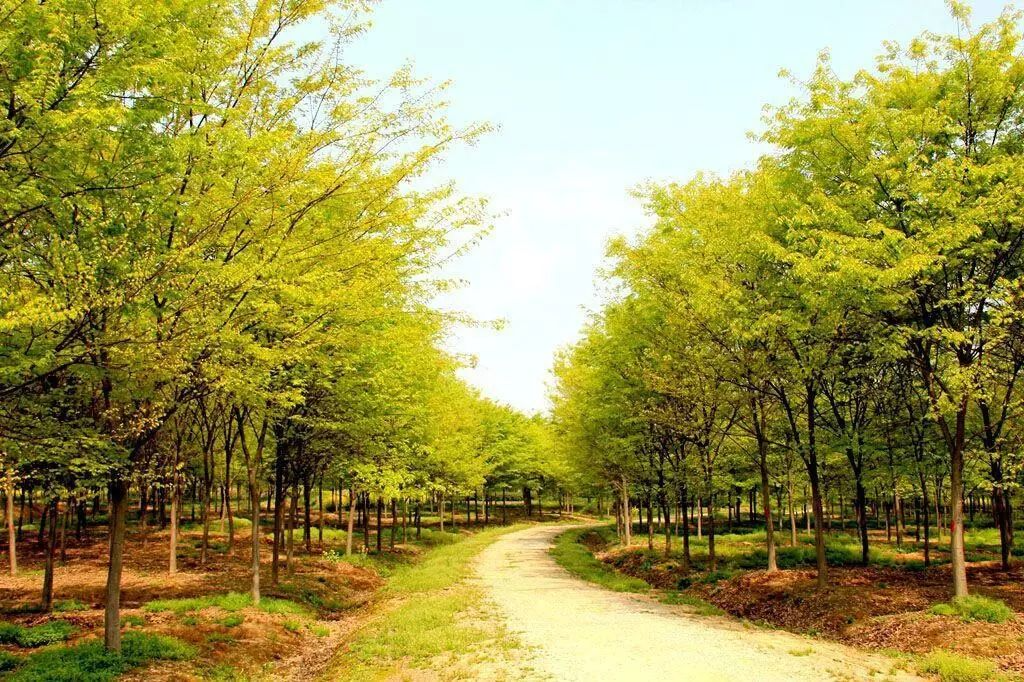
In addition, planting trees is not only about beautifying the environment, but also about people’s understanding of plants – plant culture. “Ju” means passing the imperial examination, and ancient people often planted them in front of and behind their houses.